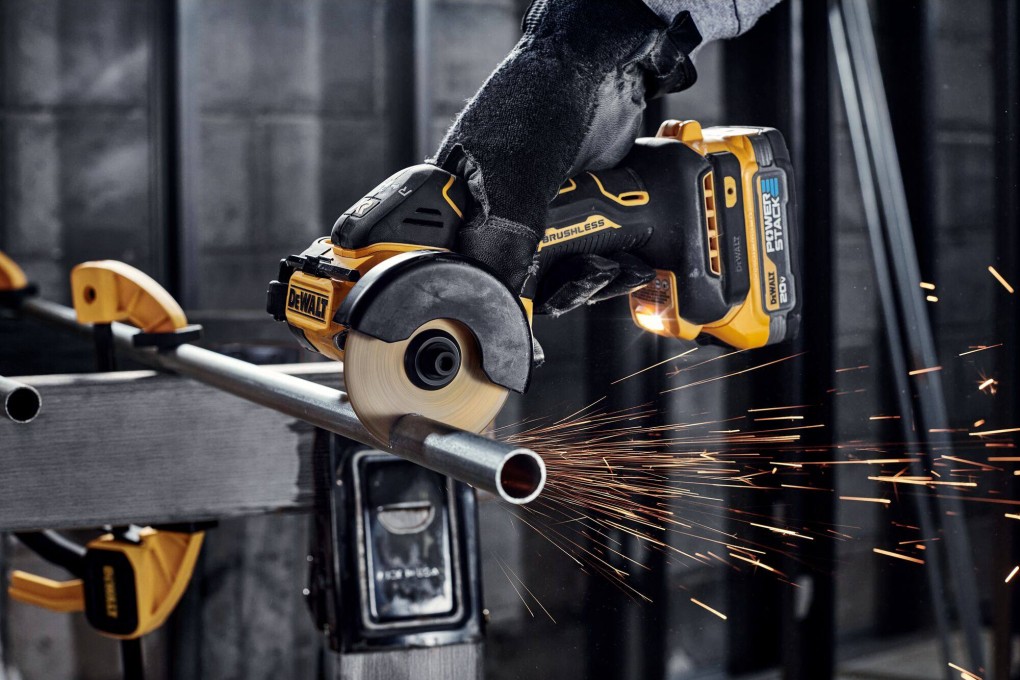Traditional bricks-and-mortar toolmaker turns to digital commerce platform Vtex to help it on its digitalisation journey
- 179-year-old Stanley Black & Decker becomes a model e-commerce company
- Global digital enterprise Vtex helps the company transform its e-commerce offering to stay ahead of the game

[Sponsored article]
If you own a toolbox, it likely contains something from Stanley Black & Decker, one of the world’s largest tool companies. It sells some 50 products every second, including well-recognised brands such as DeWalt, Stanley and Black+Decker. They have been providing the tools and innovative solutions to get the job done since 1843.
And though the United States-headquartered tool and hardware manufacturer has a long history, it is embracing digital transformation to stay on top of the industry and provide a better experience to its customers, channel partners and sales representatives. It achieves this by giving them a more efficient ordering and distribution process while delivering functionalities such as order tracking, credit limits and faster reordering.
Stanley Black & Decker knew a successful digital transformation would require a partner with expertise in e-commerce, flexibility and – crucially – operations in the time zones where it wanted to roll out its online stores, so that any problems could be addressed immediately.
Making the transition to a digital platform